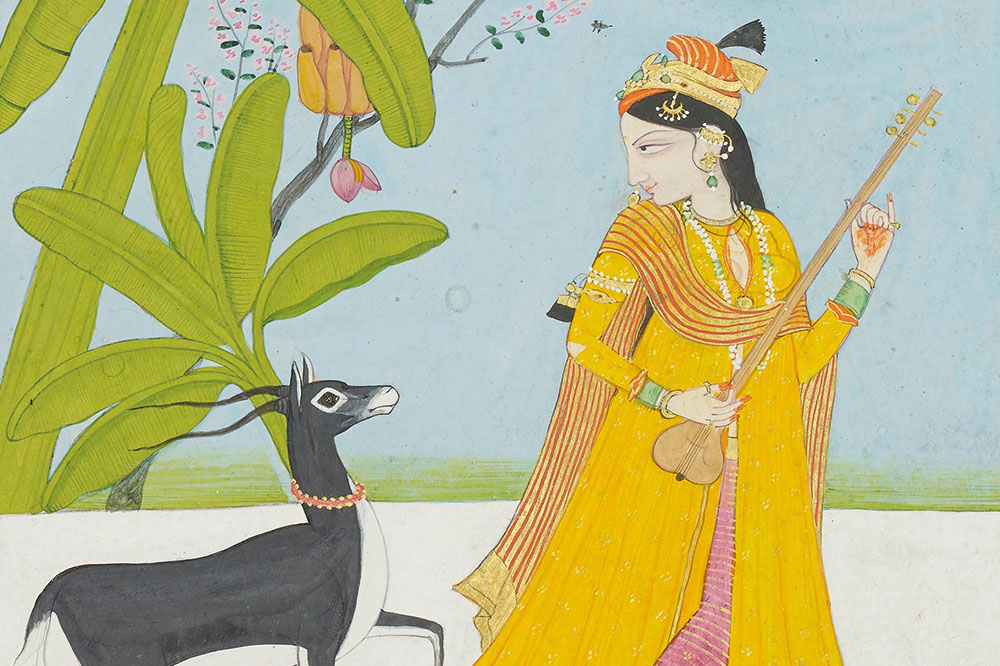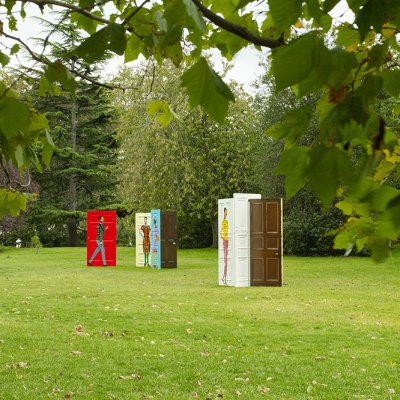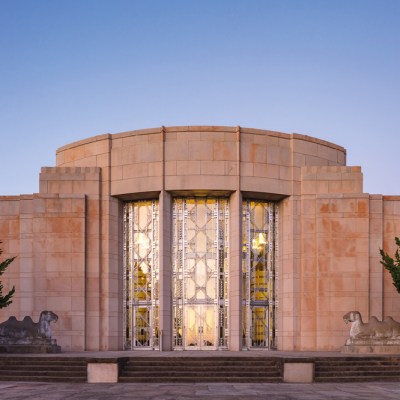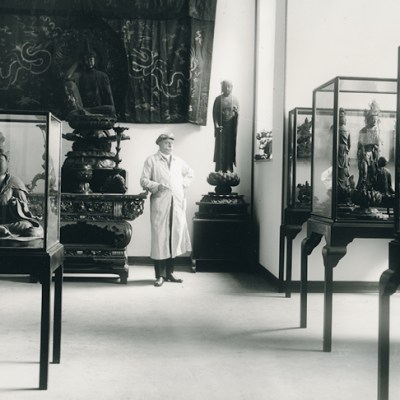This preview covers the first leg of Asian Art in London, focusing on Indian and Islamic art, which takes place from 22–31 October. A preview of the second part of the event, focusing on East Asian art (29 October–7 November), will follow next week.
It comes as no surprise that Asian Art in London (AAL) has a bigger digital presence than usual this year, but there has also been a non-pandemic related reimagining of the physical event that goes beyond the social distancing, viewing by appointment and hand sanitiser we now take for granted. This year, AAL, which has always encompassed Indian and Islamic art as well as art from East Asia, sharpens its focus and extends its running time. While the first part of the event sees dealers of South Asian and Islamic art present their wares and coincides with the major auctions in this field (22–31 October), the second part is devoted to art from East Asia (29 October–7 November). A few dealers will have presentations for both.
Candlestick (mid 14th century), West Iran or Fars. Christie’s, London (£300,000–£500,000)
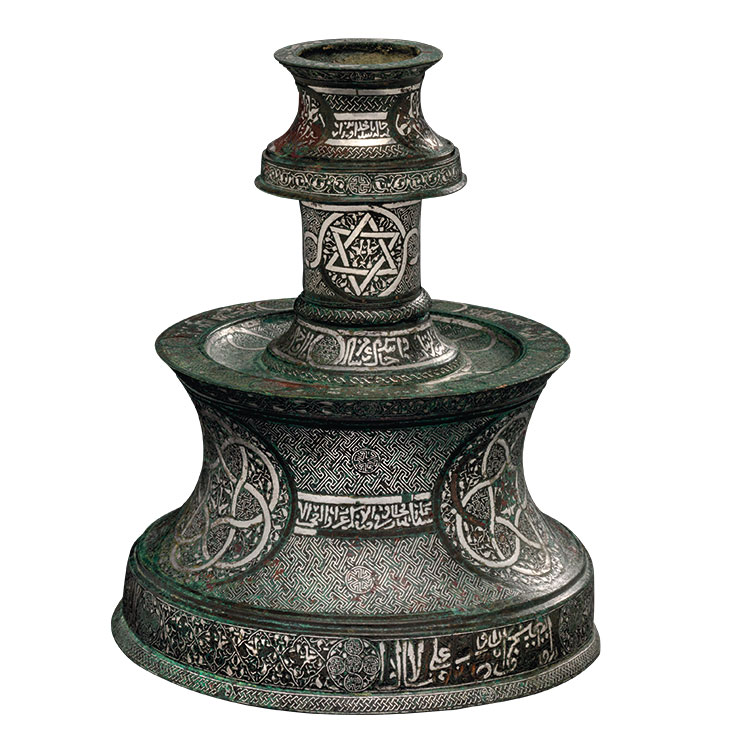
Five auction houses are supporting the event with sales this month: Bonhams, Christie’s, Nagel Auktionen (with sales at its home in Stuttgart), Roseberys and Sotheby’s. Among the highlights of the Art of the Indian and Islamic Worlds sale at Christie’s on 28 October is a rare bronze candlestick from the 14th century, thought to be from the west of Iran or Fars in the south-west. Bell-like in form at its base, the candlestick is one of a few known examples of this kind and is unusual for the amount of silver inlay that has survived. Behnaz Atighi Moghaddam of the Islamic and Indian department at Christie’s – who has also joined the board of AAL this year – draws attention to the bands of Arabic and Persian inscriptions around the rim. These, she explains, wish the owner health and good fortune; the six-pointed star on its neck, representing the Seal of Solomon or Star of David, may indicate its talismanic purpose. It is offered with an estimate of £300,000–£500,000. A glittering item coming to auction at Sotheby’s on 27 October is a flask from the late 17th/early 18th century that once belonged to the Nizam of Hyderabad. Set with more than 600 emeralds, it comes with an estimate of £500,000–£800,000.
Dhal (shield) (19th century), Gujarat, India. Runjeet Singh (price on application)
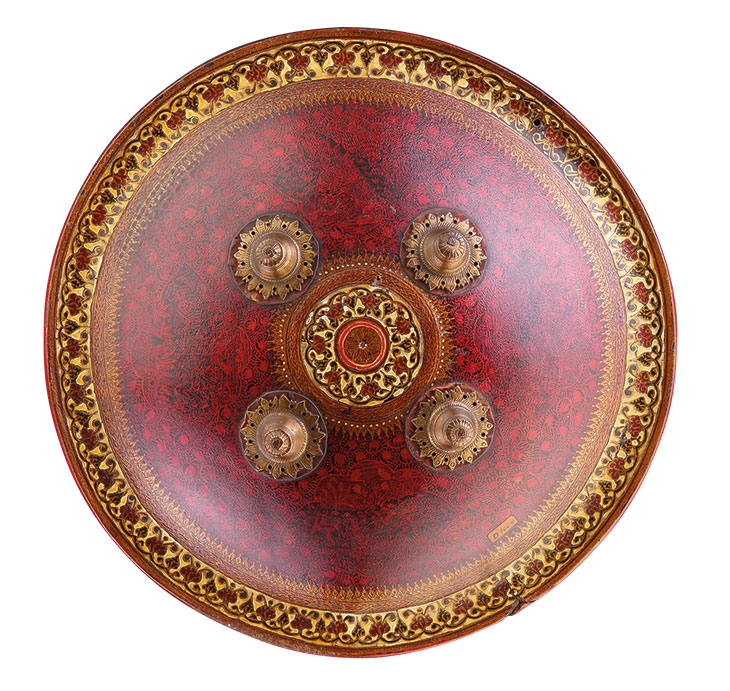
Arms and armour specialist Runjeet Singh, who is taking part in both sections of the event, will in its first leg be holding a joint exhibition with Sue Ollemans, who specialises in antique jewellery, at Bowman Sculpture (22–29 October). Pairing up makes sense, the Warwickshire-based dealer explains, since ‘Indian & Islamic arms and armour are often richly bejewelled, and it could be argued that they are often more jewellery than weaponry!’ The dhal (shield) from 19th-century Gujarat that he is offering supports his claim: painted with hunting scenes and a deep-red floral pattern that repeats against a black background, it carries a sunburst and a further intricate motif around the rim, and bears four brass bosses.
On the other side of Piccadilly, paintings offered by the Indian art specialist Francesca Galloway include an illustration of the Satsai verses by the poet Bihari, which depicts a finely dressed young lady holding a stringed instrument and looking back quizzically at a high-stepping black buck.
The nayika and the black buck (page from a Satsai of Bihari series) (c. 1810–20), attributed to
the workshop of the Guler artist Chhajju at Chamba. Francesca Galloway (price on application)
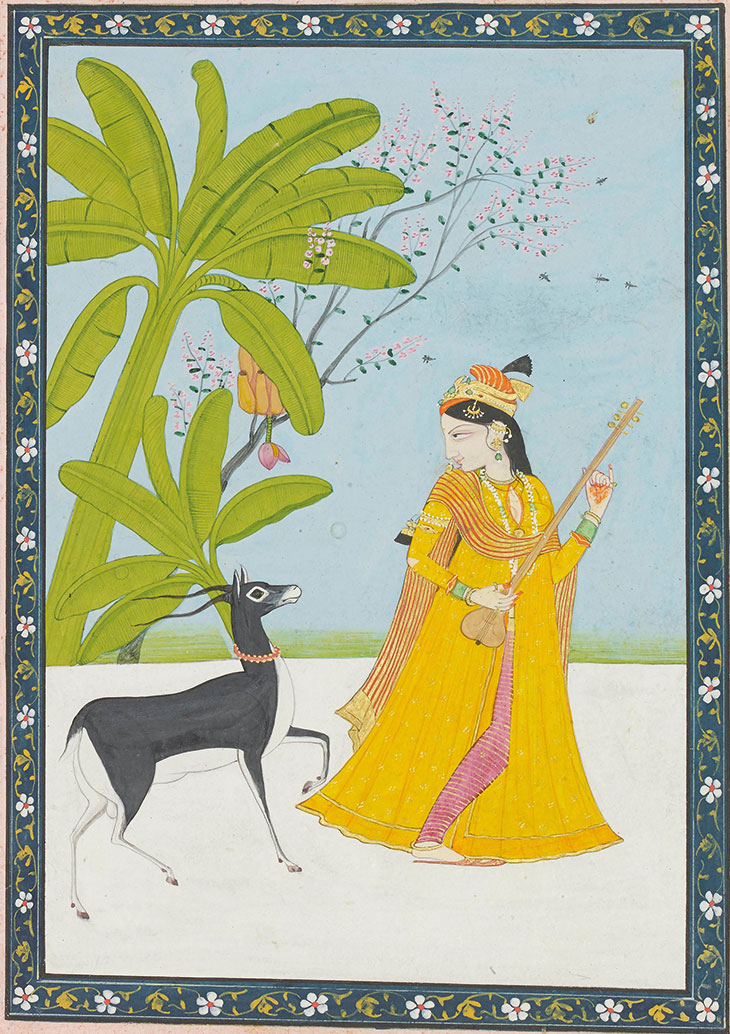
The Indian and Islamic section of Asian Art in London takes place at various locations from 22–31 October.
From the October 2020 issue of Apollo. Preview and subscribe here.
